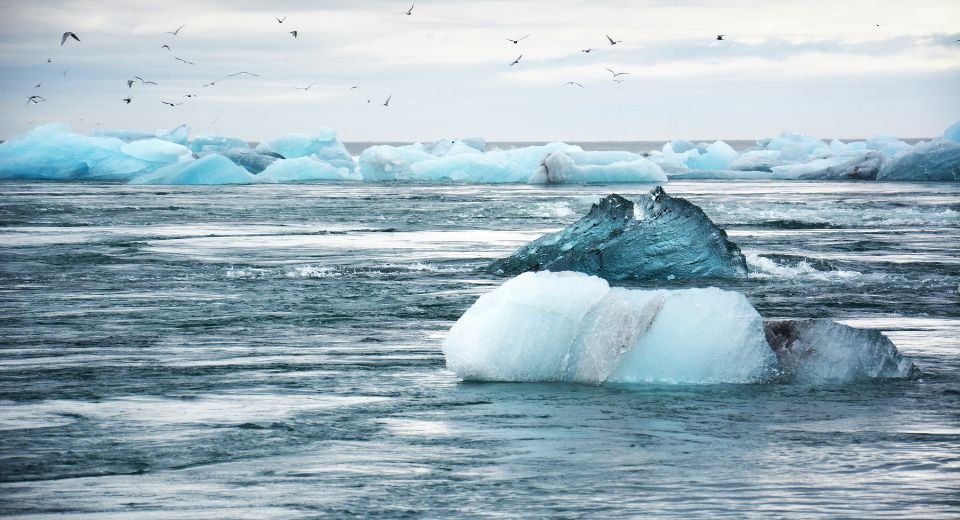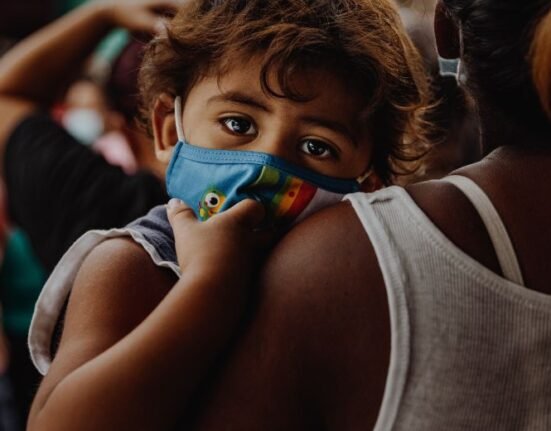HQ Team
June 26, 2025: Two-thirds of the African continent, according to a new climate vulnerability index, is at increasing risk of extreme shocks among 64 ‘most-at-risk’ nations.
These ‘red-zone’ countries have limited access to finance to mitigate climate threats, trapping them in a cycle of climate disaster response and recovery, according to a Climate Finance (CliF) Vulnerability Index devised by the Columbia Climate School, with support from The Rockefeller Foundation.
The goal of the index is to promote comprehensive risk assessment standards, target resources for various vulnerabilities, and inform how to reach communities facing various types of disasters and financial risks.
The index integrates 188 countries’ vulnerabilities to cyclones, floods, droughts, earthquakes, conflicts, and other hazards with their ability to take prevention, recovery, and rebuilding actions.
‘Realistic picture of risk’
“Climate shocks are becoming more frequent and intense, yet many of the nations facing the highest threats are also heavily indebted, limiting their access to financial markets,” said Jeff Schlegelmilch, Associate Professor of Professional Practice of Climate and Director of the National Center for Disaster Preparedness at the Columbia Climate School.
“Traditional aid models based on GDP per capita or income level don’t capture the unique and growing risks of climate exposure along with limited access to capital to manage these risks – the CliF Vulnerability Index provides a more realistic picture of risk, including access to financing to address climate vulnerabilities.”
More than two billion people live in the red zone nations, where the risk of a major hazard or disaster is high.
Almost all the 65 nations in the zone are low and middle-income nations as defined by the Organization for Economic Cooperation and Development, and many are home to some of the fastest-growing populations in the world.
Out of the red zone areas, 43 (66%) nations are in Sub-Saharan Africa and account for nearly 1.2 billion people.
Angola, Sudan, Zambia
The African nations that appear in the bottom 10 across the four climate scenarios are: Angola, Burundi, The Gambia, Guinea-Bissau, Eritrea, Lesotho, Malawi, South Sudan, Sudan, and Zambia.
Africa has a continent-wide population that is expected to more than double to 2.7-3.7 billion by 2070, and 21 nations are in debt distress or at high risk of entering debt distress.
Heatwaves, floods, and other extreme events caused by a warming world could result in over 14.5 million deaths and $12.5 trillion in global economic losses by 2050, according to the World Economic Forum.
The United Nations Environment Programme estimates that the annual adaptation financing gap could be as much as $387 billion a year, and without significant investment, the World Bank calculates that climate change could push up to 132 million people into poverty by 2030.
‘One disaster away from crisis’
“As governments around the world prepare for the Fourth International Conference on Financing for Development next week, the gap between development goals and the needed financing has never been larger,” said Eric Pelofsky, Vice President for Global Economic Recovery at The Rockefeller Foundation.
“The CliF Vulnerability Index launches an important conversation about the data that should drive scarce resources to vulnerable countries that are facing immense challenges in accessing financing. By using the CliF Vulnerability Index, donors and funders can prioritise support for countries that are potentially living one disaster away from crisis.”
The new index filters results through four scenarios — using a 2050 or 2080 timeline, as well as ‘optimistic’ and ‘pessimistic’ climate scenarios.
These scenarios account for varying degrees of emissions, population growth, and international collaboration on climate mitigation and adaptation. Of the 65 nations that appear in the red zone, 47 remain in that category across all four scenarios.
In 2024, the WMO termed Asia the “world’s most disaster-hit region from weather, climate and water-related hazards.” The six nations are: Bangladesh, Kiribati, Myanmar, Nepal, Pakistan, and Sri Lanka.
In Latin America and the Caribbean, Belize, Bolivia, Ecuador, El Salvador, Guatemala, Haiti, Honduras, and Venezuela were placed in the red zone. Two European nations, Ukraine and Cyprus, were also in the zone.








